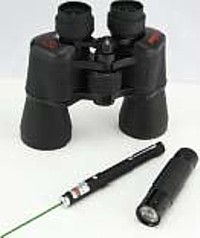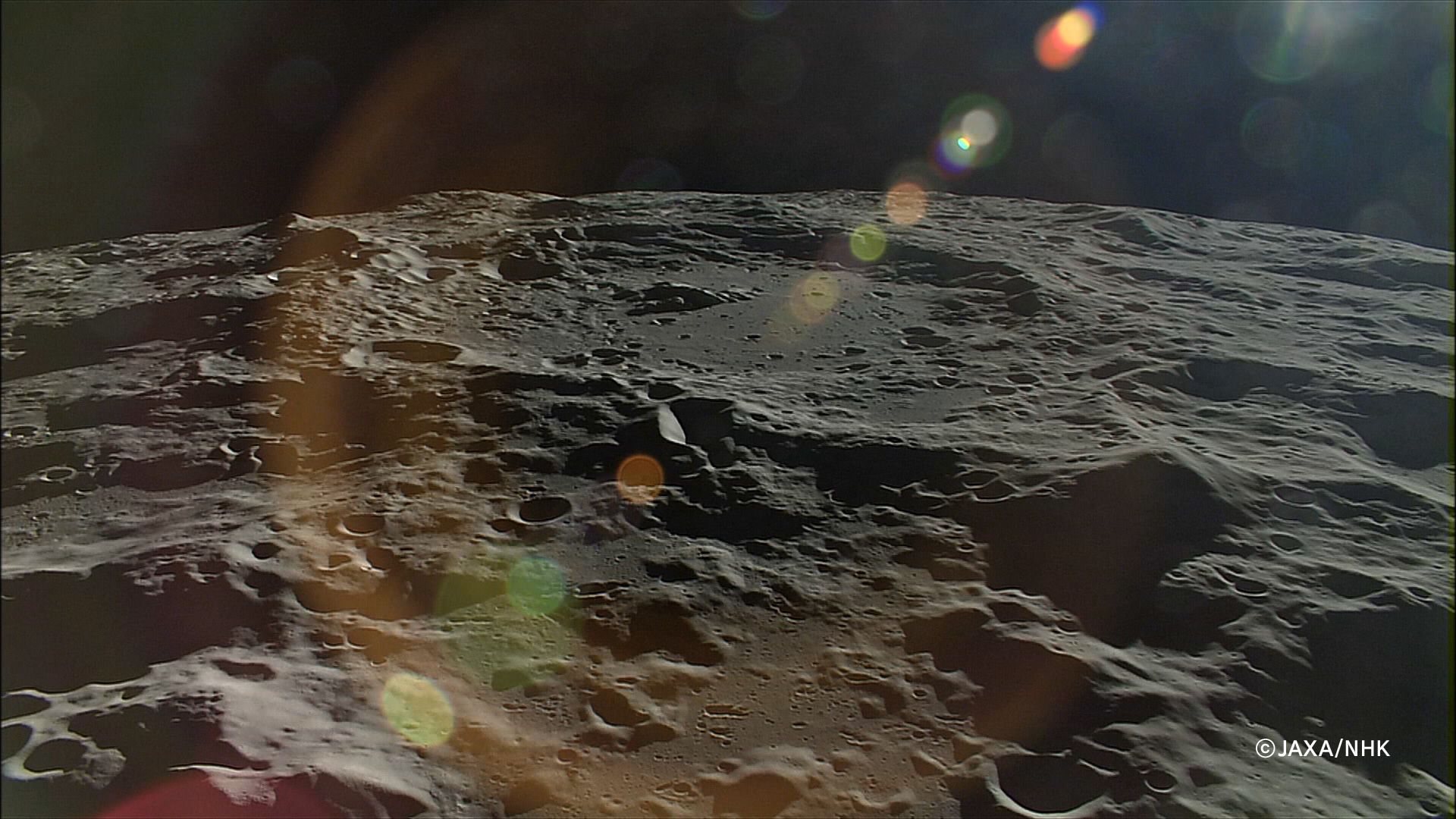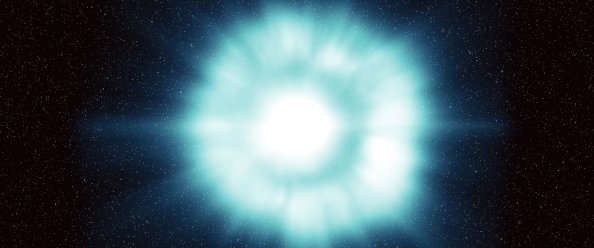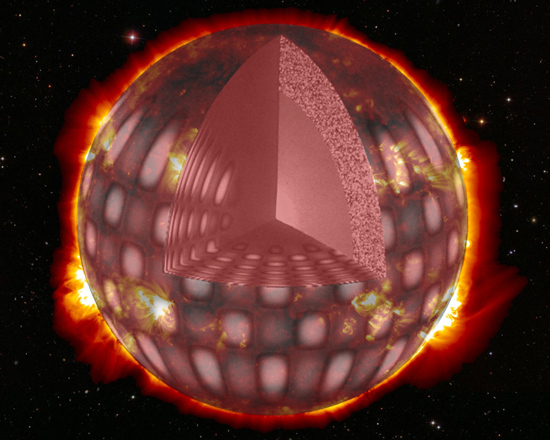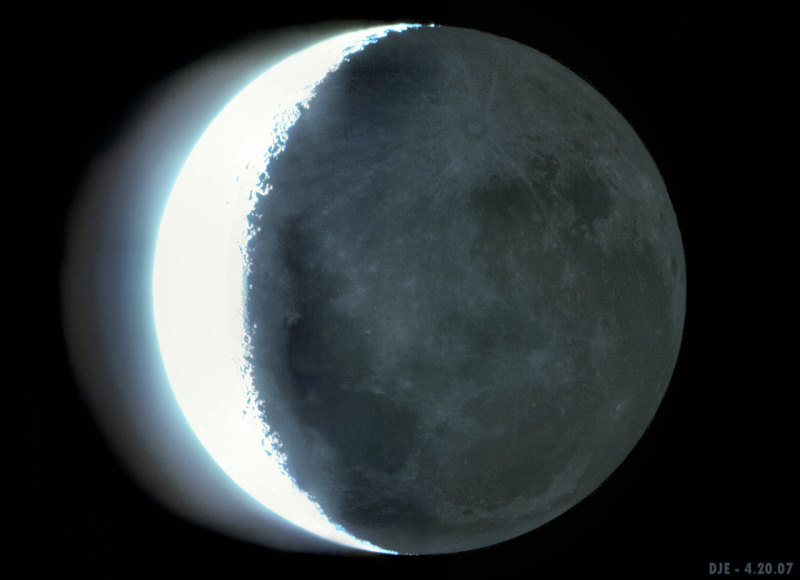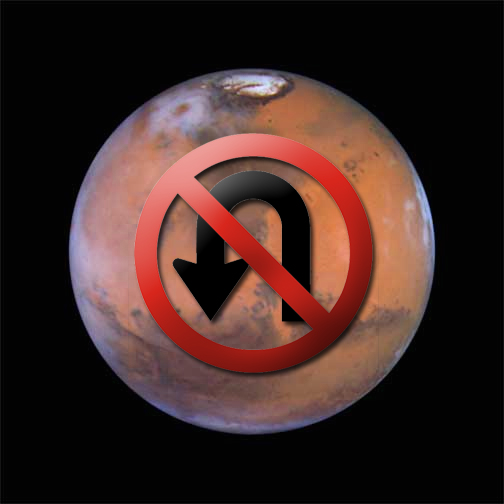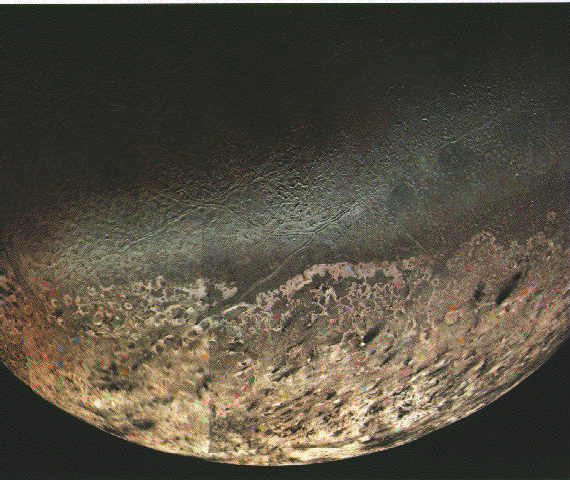Greetings, fellow SkyWatchers! It’s a dark sky weekend and a great time to get out your binoculars or telescopes and enjoy. Use bright star – Formalhaut – to help you find distant planet Uranus… and the “Great Square of Pegasus” to help you find an even more distant galaxy! Would you like to explore some stellar evolution or did you know Saturn was back in the morning skies? Then check out what’s happening as we head out into the night…
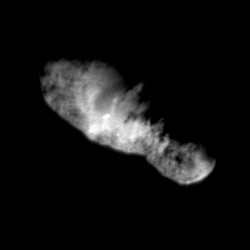 Friday, October 24, 2008 – Today we remember the launch of Deep Space 1 from Cape Canaveral in 1998. Its primary mission was extremely successful, testing a dozen advanced, high-risk technologies. During its extended mission, Deep Space 1 headed for Comet Borrelly and sent back the best images from a comet up to that time. The mission continued to test new techniques until it was finally retired after three fantastic years of service on December 18, 2001.
Friday, October 24, 2008 – Today we remember the launch of Deep Space 1 from Cape Canaveral in 1998. Its primary mission was extremely successful, testing a dozen advanced, high-risk technologies. During its extended mission, Deep Space 1 headed for Comet Borrelly and sent back the best images from a comet up to that time. The mission continued to test new techniques until it was finally retired after three fantastic years of service on December 18, 2001.
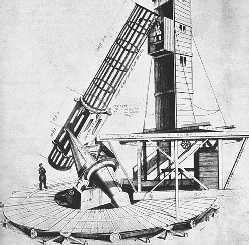 Tonight in 1851, a busy astronomer was at the eyepiece as William Lassell discovered Uranus’ moons Ariel and Umbriel. Although the equipment he used is far beyond backyard equipment, we can have a look at that distant world, as we find Uranus about 25 degrees (slightly more than an hand span) north-northwest of Fomalhaut.
Tonight in 1851, a busy astronomer was at the eyepiece as William Lassell discovered Uranus’ moons Ariel and Umbriel. Although the equipment he used is far beyond backyard equipment, we can have a look at that distant world, as we find Uranus about 25 degrees (slightly more than an hand span) north-northwest of Fomalhaut.
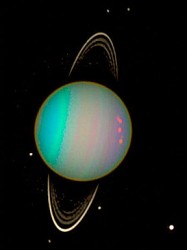 While Uranus’ small, blue-green disc isn’t exactly the most exciting thing to see in a small telescope or binoculars, the very fact we are looking at a planet that’s over 18 times further from the Sun than we are is pretty impressive! Usually holding close to magnitude 6, we watch as the tilted planet orbits our nearest star once every 84 years. Its atmosphere is composed of hydrogen, helium and methane, yet pressure causes about a third of this distant planet to behave as a liquid. Larger telescopes may be able to discern a few of Uranus’ moons, for Titania (the brightest) is around magnitude 14.
While Uranus’ small, blue-green disc isn’t exactly the most exciting thing to see in a small telescope or binoculars, the very fact we are looking at a planet that’s over 18 times further from the Sun than we are is pretty impressive! Usually holding close to magnitude 6, we watch as the tilted planet orbits our nearest star once every 84 years. Its atmosphere is composed of hydrogen, helium and methane, yet pressure causes about a third of this distant planet to behave as a liquid. Larger telescopes may be able to discern a few of Uranus’ moons, for Titania (the brightest) is around magnitude 14.
Now let’s head toward the southwest corner star of the Great Square of Pegasus – Alpha. Our goal will be 11th magnitude NGC 7479, located about three degrees south (RA 23 04 56 Dec +12 19 23).
 Discovered by Sir William Herschel in 1784 and cataloged as H I.55, this barred spiral galaxy can be spotted in average telescopes and comes to beautiful life with larger aperture. Also known as Caldwell 44 on Sir Patrick Moore’s observing list, what makes this galaxy special is its delicate “S” shape. Smaller scopes will easily see the central bar structure of this 105 million light-year distant island universe, and as aperture increases, the western arm will become more dominant. This arm itself is a wonderful mystery – containing more mass than it should and having a turbulent structure. It is believed that a minor merger may have occurred at one time, yet no evidence of a companion galaxy can be found.
Discovered by Sir William Herschel in 1784 and cataloged as H I.55, this barred spiral galaxy can be spotted in average telescopes and comes to beautiful life with larger aperture. Also known as Caldwell 44 on Sir Patrick Moore’s observing list, what makes this galaxy special is its delicate “S” shape. Smaller scopes will easily see the central bar structure of this 105 million light-year distant island universe, and as aperture increases, the western arm will become more dominant. This arm itself is a wonderful mystery – containing more mass than it should and having a turbulent structure. It is believed that a minor merger may have occurred at one time, yet no evidence of a companion galaxy can be found.
On July 27, 1990, a supernova occurred near NGC 7479’s nucleus and reached a magnitude of 16. When observed in the radio band, there is a polarized jet near the bright nucleus that is unlike any other structure known. If at first you do not see a great deal of detail, relax… Allow your mind and eye time to look carefully. Even with telescopes as small as 8-10″, structure can easily be seen. The central bar becomes “clumpy” and this well-studied Seyfert galaxy is home to an abundance of molecular gas and is actively forming stars. Enjoy the incredible NGC 7479…
Saturday, October 25, 2008 – And who was watching the planets in 1671? None other than Giovanni Cassini – because he’d just discovered Saturn’s moon Iapetus. If you’re up before dawn this morning, have a look at Saturn for yourself as it poses less than five degrees away from the Moon. Iapetus usually holds around a magnitude of 12, and orbits well outside of bright Titan’s path.
 Today is the birthday of Henry Norris Russell. Born in 1877, Russell was the American leader in establishing the modern field of astrophysics. As the namesake for the American Astronomical Society’s highest award (for lifetime contributions to the field), Mr. Russell is the “R” in H-R diagrams, along with Mr. Hertzsprung. This work was first used in a 1914 paper, published by Russell.
Today is the birthday of Henry Norris Russell. Born in 1877, Russell was the American leader in establishing the modern field of astrophysics. As the namesake for the American Astronomical Society’s highest award (for lifetime contributions to the field), Mr. Russell is the “R” in H-R diagrams, along with Mr. Hertzsprung. This work was first used in a 1914 paper, published by Russell.
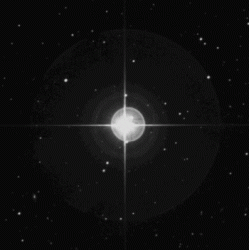 Tonight let’s start with a star that resides right in the middle of the H-R diagram as we have a look Beta Aquarii (RA 21 31 33 Dec -05 34 16).
Tonight let’s start with a star that resides right in the middle of the H-R diagram as we have a look Beta Aquarii (RA 21 31 33 Dec -05 34 16).
Named Sadal Suud (“Luck of Lucks”), this star of spectral type G star is around 1030 light-years distant from our solar system and shines 5800 times brighter than our own Sun. The main sequence beauty also has two 11th magnitude optical companions. The one closest to Sadal Suud was discovered by John Herschel in 1828, while the further star was reported by S. W. Burnham in 1879.
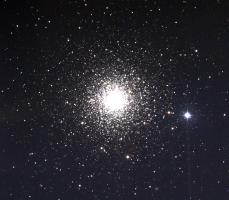 Now let’s head to the eastern portion of Capricornus and start by identifying Zeta about a fistwidth southwest of the eastern corner star – Delta. Now look southeast about two fingerwidths to identify 5th magnitude star 41. About one half degree west is our target globular for the evening, M30 (RA 21 40 22 Dec -23 10 44).
Now let’s head to the eastern portion of Capricornus and start by identifying Zeta about a fistwidth southwest of the eastern corner star – Delta. Now look southeast about two fingerwidths to identify 5th magnitude star 41. About one half degree west is our target globular for the evening, M30 (RA 21 40 22 Dec -23 10 44).
At near magnitude 8, this class V globular cluster is well suited to even binoculars, and becomes spectacular in a telescope. Originally discovered by Messier in August 1764, and resolved by William Herschel in 1783, M30’s most attractive features include the several branches of stars which seem to radiate from its concentrated core region. Estimated to be about 26,000 light-years away, you’ll find it fairly well resolved in large aperture, but take time to really look. The dense central region may have already undergone core collapse – yet as close as these stars are, very few have collided to form x-ray binaries. For the smaller scope, notice how well M30’s red giants resolve, and be sure to mark your notes!
Sunday, October 26, 2008 – If you’re up early, be sure to look for Venus and Antares making a close pairing in the pre-dawn sky!
Tonight it’s time for a telescopic challenge – a compact galaxy group. You’ll find it less than half a degree southeast of the stellar pair 4 and 5 Aquarii (RA 20 52 26 Dec -05 46 19).
 Known as Hickson 88, this grouping of four faint spiral galaxies is estimated to be about 240 million light-years away and is by no means an easy object – yet the galactic cores can just be glimpsed with mid-sized scopes from a very dark site. Requiring around 12.5″ to study in detail, you’ll find the brightest of the group to be northernmost NGC 6978 and NGC 6977. While little detail can be seen in the average large backyard scope, NGC 6978 shows some evidence of being a barred spiral, while NGC 6977 shows the even appearance of a face-on. Further south, NGC 6976 is much smaller and considerably fainter. It is usually caught while averting and studying the neighborhood. The southernmost galaxy is NGC 6975, whose slender, edge-on appearance makes it much harder to catch.
Known as Hickson 88, this grouping of four faint spiral galaxies is estimated to be about 240 million light-years away and is by no means an easy object – yet the galactic cores can just be glimpsed with mid-sized scopes from a very dark site. Requiring around 12.5″ to study in detail, you’ll find the brightest of the group to be northernmost NGC 6978 and NGC 6977. While little detail can be seen in the average large backyard scope, NGC 6978 shows some evidence of being a barred spiral, while NGC 6977 shows the even appearance of a face-on. Further south, NGC 6976 is much smaller and considerably fainter. It is usually caught while averting and studying the neighborhood. The southernmost galaxy is NGC 6975, whose slender, edge-on appearance makes it much harder to catch.
Although these four galaxies seem to be in close proximity to one another, no current data suggests any interaction between them. While such a faint galaxy grouping is not for everyone, it’s a challenge worthy of seasoned astronomer with a large scope! Enjoy…
Until next week, ask for the moon – but keep on reaching for the stars!
This week’s awesome images are: Deep Space 1 image of Comet Borrelly – Credit: NASA, Rendition of Lassell’s Telescope (widely used public image), Uranus – Credit: HST/NASA, NGC 7479 – Credit: Palomar Observatory, courtesy of Caltech, Henry Norris Russell (widely used public image), Beta Aquarii – Credit: Palomar Observatory, courtesy of Caltech, M30 – REU program/NOAO/AURA/NSF and Hickson 88 – Credit: Palomar Observatory, courtesy of Caltech. Thank you so much!!


